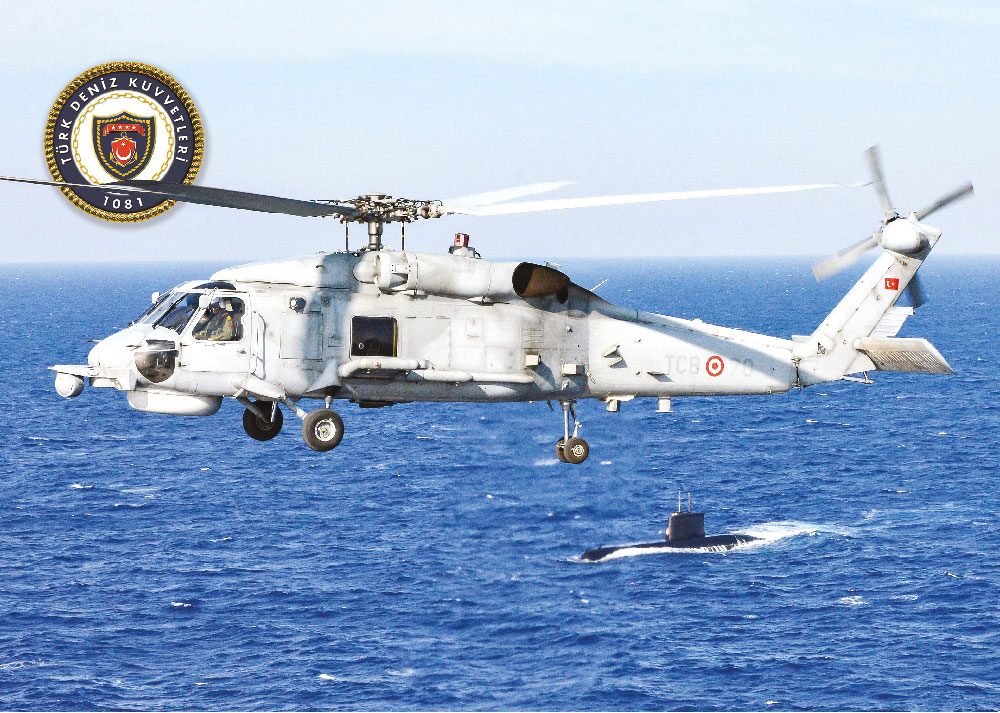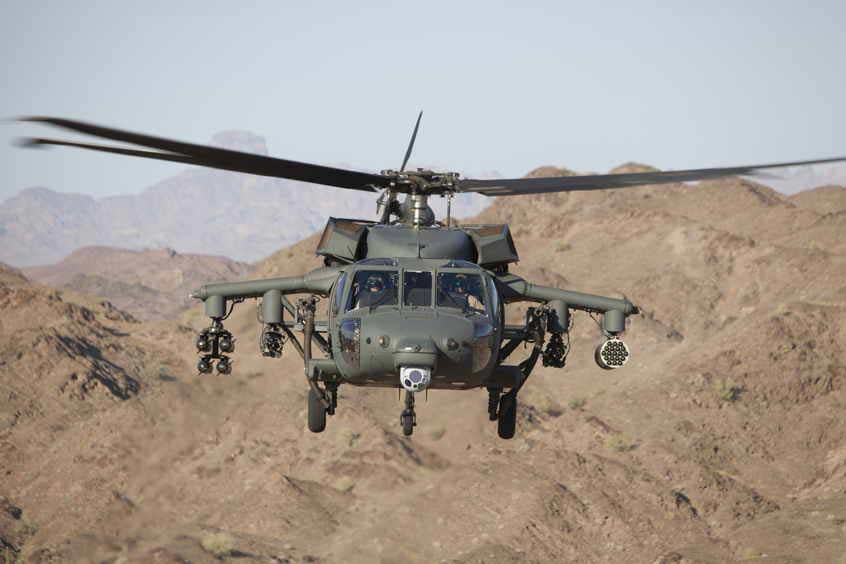High-Performance Multi-Role Rotorcraft Featuring Advanced Cabin Technologies and Integrated Sensing Unit Solutions
The realm of rotorcraft technology has actually seen noteworthy developments in recent times, specifically in the realm of high-performance multi-role rotorcraft outfitted with cutting-edge cabin technologies and perfectly incorporated sensing unit systems. In the adhering to conversation, we will certainly explore the development of rotorcraft technology, dive right into the realm of innovative cockpit advancements, and take a look at the ramifications of integrated sensor systems on the functional flexibility and performance of contemporary rotorcraft.
Advancement of Rotorcraft Technology
The evolution of rotorcraft innovation has been noted by significant improvements in the rules of aerodynamics, materials, and propulsion systems, shaping the capabilities and performance of modern rotorcraft. Additionally, improvements in propulsion systems, including a lot more powerful engines and cutting-edge propulsion innovations, have enabled rotorcraft to achieve higher altitudes, faster speeds, and higher payloads.
These improvements have not only transformed the capabilities of rotorcraft but have also broadened their applications throughout different industries, including armed forces, commercial, and emergency services. The constant evolution of rotorcraft modern technology proceeds to drive advancement in the area, pressing the limits of what is possible and forming the future of vertical flight.
Advanced Cockpit Innovations
Structure upon the foundational improvements in aerodynamics, materials, and propulsion systems, the realm of rotorcraft innovation now shifts focus in the direction of pioneering Advanced Cabin Innovations. The integration of advanced innovations within the cockpit environment plays a vital duty in enhancing the operational capacities, safety, and performance of contemporary rotorcraft. sikorsky s 70. Advanced Cabin Innovations encompass a large selection of features made to give pilots with improved situational awareness, structured information management, and user-friendly control user interfaces
One of the vital developments in cabin layout is the implementation of glass cockpits, which change standard analog gauges with high-resolution displays. These electronic systems supply personalized designs, real-time information integration, and enhanced readability, enabling pilots to gain access to essential details at a look. Advanced avionics systems, such as fly-by-wire controls and increased fact display screens, are revolutionizing exactly how pilots connect with the aircraft, permitting for accurate control and improved decision-making capabilities.


Incorporating sophisticated cabin advancements not just improves pilot performance but also adds to general mission efficiency and safety in complicated operational settings. By leveraging cutting edge innovations within the cockpit, rotorcraft manufacturers are setting brand-new criteria for operational excellence and objective success.
Integrated Sensor Equipments
With the evolution of rotorcraft modern technology, the assimilation of sophisticated Integrated Sensing unit Solution has actually become paramount in boosting functional efficiency and safety and security. These Integrated Sensing unit Solutions incorporate a large range of innovations that give important information for various features such as navigation, monitoring, targeting, and ecological surveillance. By flawlessly incorporating sensors like radars, video cameras, lidar, and infrared systems right into rotorcraft, operators can gain from boosted situational awareness, improved goal abilities, and decreased pilot workload.
One secret benefit of Integrated Sensor Systems is their ability to gather real-time data and give workable insights to pilots and goal drivers. Advanced radar systems can identify and track targets over long distances, permitting for early danger detection and reliable reaction planning. In addition, incorporating infrared and electro-optical cams allows rotorcraft to conduct reconnaissance and monitoring goals with precision and accuracy.
In essence, the combination of innovative sensor technologies right into rotorcraft not just enhances functional performance but additionally contributes dramatically to general objective success and staff safety and security. As rotorcraft remain to advance, the duty of Integrated Sensing unit Solution will certainly continue to be at the forefront of innovation in the aerospace market.
Functional Flexibility and Performance
Enhancing operational adaptability and performance in try this web-site rotorcraft is an all-natural development from the integration of innovative Integrated Sensing unit Solutions. By leveraging the data and understandings provided by these sophisticated sensing unit systems, rotorcraft can maximize their efficiency across various objectives and environments.
Operational home flexibility includes the capability of rotorcraft to adjust to different functions and circumstances effectively. With advanced cockpit innovations and incorporated sensor systems, rotorcraft can flawlessly change in between jobs such as search and rescue, medical discharge, monitoring, and more. This flexibility boosts the rotorcraft's ability to meet diverse operational requirements without requiring substantial reconfiguration.
Effectiveness in rotorcraft operations is critical for optimizing mission efficiency and resource utilization. Integrated sensing unit systems play a pivotal role in boosting functional performance by offering real-time information on climate condition, surface mapping, target tracking, and much more. This data enables pilots to make educated decisions swiftly, maximize flight paths, conserve gas, and improve total mission performance.
Effect On Modern Aeronautics Procedures

Additionally, the assimilation of advanced sensing units helps with improved goal preparation and execution, enabling rotorcraft to carry out a vast array of tasks with enhanced precision. From search and rescue procedures to aerial firefighting and police missions, the abilities of modern rotorcraft furnished with advanced cabin innovations and integrated sensor systems are unrivaled.
Moreover, the influence of these developments extends past operational efficiency to cost-effectiveness and sustainability. By optimizing trip routes, gas intake, and upkeep schedules, high-performance rotorcraft outfitted with sophisticated cabin technologies and sensors add to decreasing functional costs and environmental impact, making them vital possessions in modern-day aeronautics operations.
Final Thought
Finally, the high-performance multi-role rotorcraft with sophisticated cabin modern technologies and incorporated sensor systems represents a considerable advancement in air travel technology. These developments boost functional flexibility and effectiveness, inevitably discover here impacting modern-day aviation procedures in a favorable means. The integration of these sophisticated modern technologies enables improved capabilities and performance in various mission circumstances, showcasing the continued advancement of rotorcraft innovation in the aeronautics industry.
The world of rotorcraft innovation has seen notable innovations in current times, especially in the realm of high-performance multi-role rotorcraft furnished with advanced cockpit technologies and effortlessly integrated sensor systems. From enhanced mission adaptability to improved operational performance, the convergence of innovative cockpit modern technologies and integrated sensing unit systems has actually ushered in a brand-new period of opportunities for rotorcraft applications. In the following conversation, we will check out the development of rotorcraft innovation, dive into the world of sophisticated cockpit advancements, and examine the effects of incorporated sensor systems on the operational adaptability and efficiency of modern-day rotorcraft.
